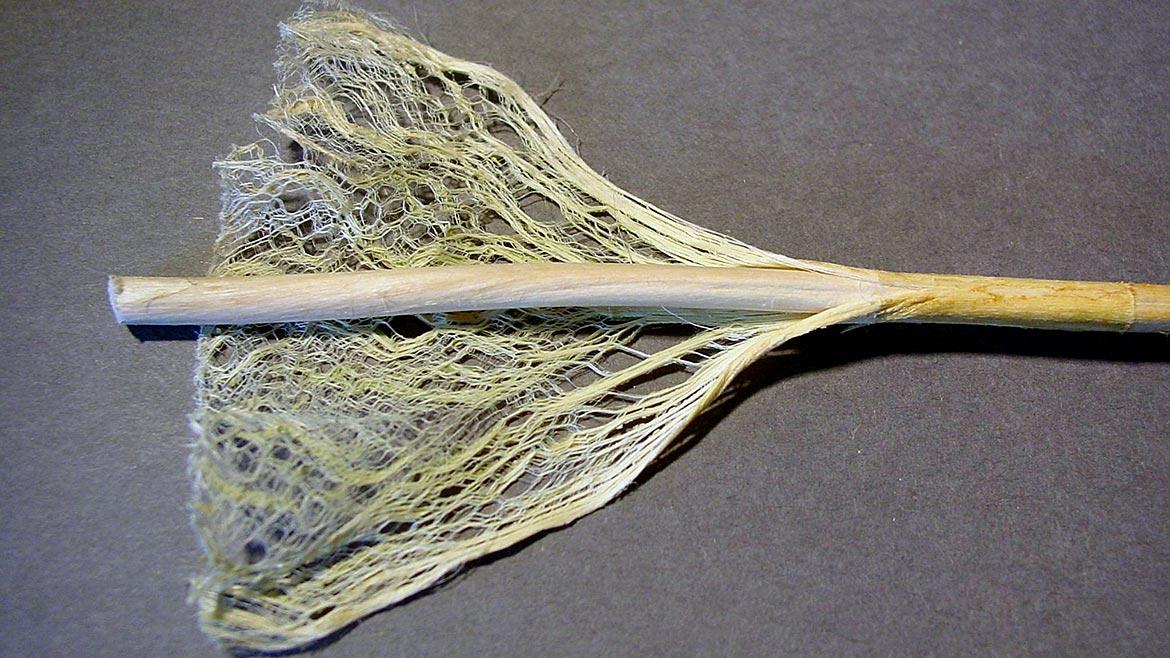Hemp Fiber: A Renewable Resource With Many Industrial Uses

History of Use
Hemp has a long history of being used for its fiber. Some of the earliest known uses of hemp date back to 8000 BC in ancient China. For thousands of years, it was commonly used around the world to make various textiles, ropes, sails for ships, and paper. It wasn't until the late 19th century that other materials like cotton and petroleum-based fibers became more mainstream, cutting into hemp's market share. Still, it remained an important industrial crop well into the 20th century.
Types
They are categorized into two main types - bast fibers and core fibers. Bast fibers are long, strong fibers found between the bark and woody part of the hemp stalk. These fibers are smooth, straight and very durable, making them ideal for textiles, paper, rope, composites and other purposes. Core fibers are shorter fibers found in the interior woody core of the stalk. While not as strong and smooth as bast fibers, core fibers still have applications for low-grade paper products, animal bedding and other uses. On average, the hemp plant is composed of about 25% bast fibers and 75% core fibers.
Harvesting and Processing Hemp Fiber
Hemp is harvested by cutting the stalks close to the base of the plant when the flowers have matured and been pollinated. The cut stalks are allowed to ret to separate the fibers from the woody inner core. Traditionally this was done by hand, but modern machines now perform the process more quickly and efficiently. Further processing may include breaking, scutching and hackling the fibers to separate them into smooth parallel strands. The fibers are then graded based on length and quality before being baled for market. All parts of the hemp plant can be utilized, including the core material for various industrial uses.
Textiles
One of hemp's most common uses is for textiles like clothing, upholstery, curtains and other items. Hemp textiles are valued for their excellent durability, breathability, moisture-wicking ability and soft texture. Their textiles have made a comeback in recent decades as consumers seek sustainable fabrics. Companies produce everything from hemp denim jeans and dresses to household linens from hemp's long, strong bast fibers. The textile industry has greatly benefited from hemp's renewable qualities compared to other resources.
Paper Products
Historically, paper was commonly made from it up until the mid-19th century when wood pulp became the dominant papermaking material. However, hemp makes an excellent paper resource and requires far less chemicals, water and energy to process than wood-based papers. Hemp paper is also naturally off-white or cream in color without the use of chemical bleaches. Today hemp paper is again being produced for a variety of uses including stationery, technical papers, cigarette papers, bank notes and more. Core fibers provide mid-grade paper qualities too.
Ropes and Twines
Hemp has long served as an ideal natural fiber for making resilient and long-lasting ropes, twines and cordage. Ships' sails and rigging relied heavily on hemp ropes through history. Even today, the tensile strength and durability of it make them perfect for marine mooring lines, clothes lines and other applications. Some specialty ropes are currently being made from hemp for rock climbing, caving and arborist use as well. Their ropes and twines efficiently provide strength and flexibility without the need for synthetic materials.
Composites and Plastics
New uses for Hemp Fibers are being explored in composite materials and bioplastics. When mixed with binding resins and plastics, it can reinforce composites for construction, automotive and industrial applications. They increase materials' durability, tensile strength and workability. They are also being blended into biodegradable natural plastics as a greener alternative to petroleum-based plastics. Areas showing promise include automotive parts, furniture and rigid insulated construction panels. The fibers lend strength while maintaining sustainability.
Construction Materials
In addition to industrial composite uses, they are forming construction materials directly. Fiber strands can be processed into oriented strand boards and medium-density fiberboards for wall sheathing and flooring. Insulated fiberboards made from hemp can effectively regulate humidity, sound and temperatures in buildings. Hemp fibers mixed with lime create a lightweight, strong building material for wall infills and plaster coatings too. Coupled with its renewability, growing hemp for building supplies offers environmental advantages over forestry-derived materials.
Summary
With a history spanning thousands of years, hemp fiber remains as useful today as ever for many industrial materials and products. As a renewable resource, hemp fiber cultivation is environmentally friendly while providing economic opportunities for farmers. Modern processing techniques have helped hemp fiber achieve mainstream status again within textiles, paper goods, composites and construction materials. Continued research maximizes hemp's potential across diverse manufacturing sectors well into the future.
Get more insights on Hemp Fiber
About Author:
Money Singh is a seasoned content writer with over four years of experience in the market research sector. Her expertise spans various industries, including food and beverages, biotechnology, chemical and materials, defense and aerospace, consumer goods, etc.
(https://www.linkedin.com/in/money-singh-590844163)
- Art
- Causes
- Crafts
- Dance
- Drinks
- Film
- Fitness
- Food
- الألعاب
- Gardening
- Health
- الرئيسية
- Literature
- Music
- Networking
- أخرى
- Party
- Religion
- Shopping
- Sports
- Theater
- Wellness
- IT, Cloud, Software and Technology


